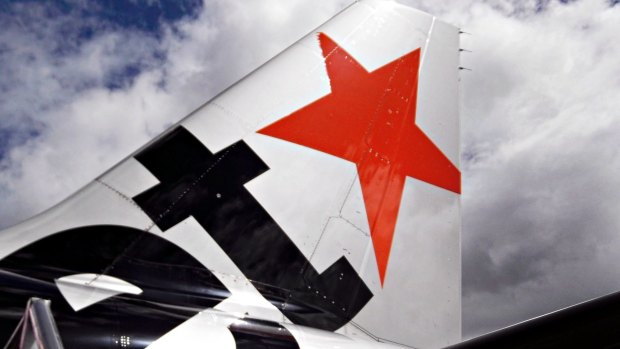
But more broadly, Hudson had to ensure that Qantas’ service matched up with the price premium paid by customers who fly on a kangaroo-bearing aircraft.
This required – for the first time in living memory – Qantas shareholders taking a hit for the team. That said, it wasn’t a big one.
Shareholders were never going to get a dividend in the 2024 financial year because the balance sheet doesn’t have a pool of franking credits. They are up for one in the second half of the 2025 financial year.
Investors got a hit of sugar with Qantas’ announcement on Thursday that it will undertake a $400 million share buyback – a sensible plan given Qantas’ share price is arguably undervalued.
Thanks to falling fares and the aforementioned investment in service, the underlying profit fell by 16 per cent – but it was in line with what the market had predicted. And falling fares (which are the result of more international and domestic capacity) was a larger contributor to the falling profit than the $230 million investment in customer service.
Loading
And even the most avaricious of shareholders would understand that undermining customers is not a long-term recipe for success.
The single most important metric contained in Qantas’ result – the “net promoter score” (the measure of its reputation) – rose 15 per cent to 67 out of 100. At its highest pre-COVID-19, this number hit 80, so that remains a work in progress for Hudson.
But the heroes of the Qantas show were its budget brand, which earned the star in Jetstar, and its loyalty business – both of which managed to improve their contribution to group earnings.
Jetstar grew its domestic capacity by 15 per cent as cash-strapped consumers looked for value in fares, and despite the cost-of-living malaise, prioritised a holiday over other discretionary spending.
According to Qantas’ survey on travel intentions over the next 12 months, demand is stable while of the frequent flyers polled, 13 per cent said they would spend less on homewares, while 6 per cent could spend less on entertainment.
The state of consumer demand for flying has gone in Hudson’s favour so far. The risk is that this won’t continue.

Qantas’ budget brand earned the star in Jetstar.Credit: Paul Rovere
Recovering and growing profit in the near to medium term hinges in large part on the new fleet of aircraft in which Qantas is investing.
They will be cheaper to run and some new routes, such as those included in the Sunrise Project, will be able to command higher fares.
Loading
Hudson will need all the help she can get to take $400 million in costs out of the airline in 2025 in a period of inflation.
Achieving that really will be worthy of a medal.









 Add Category
Add Category